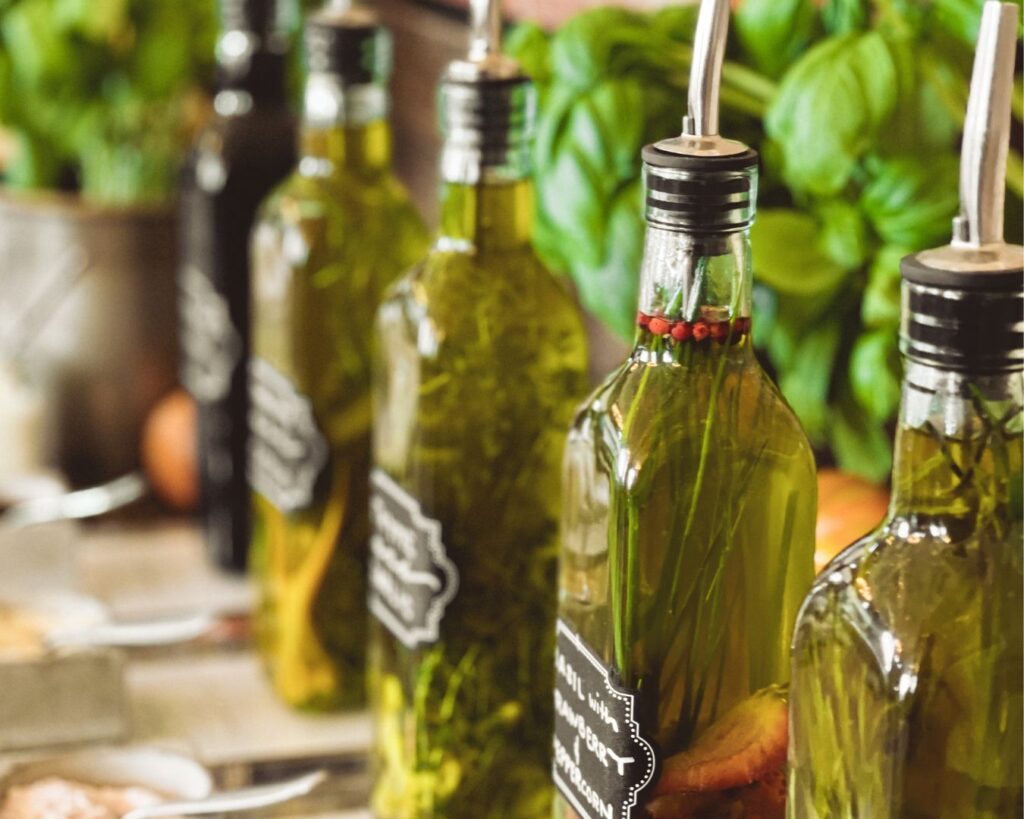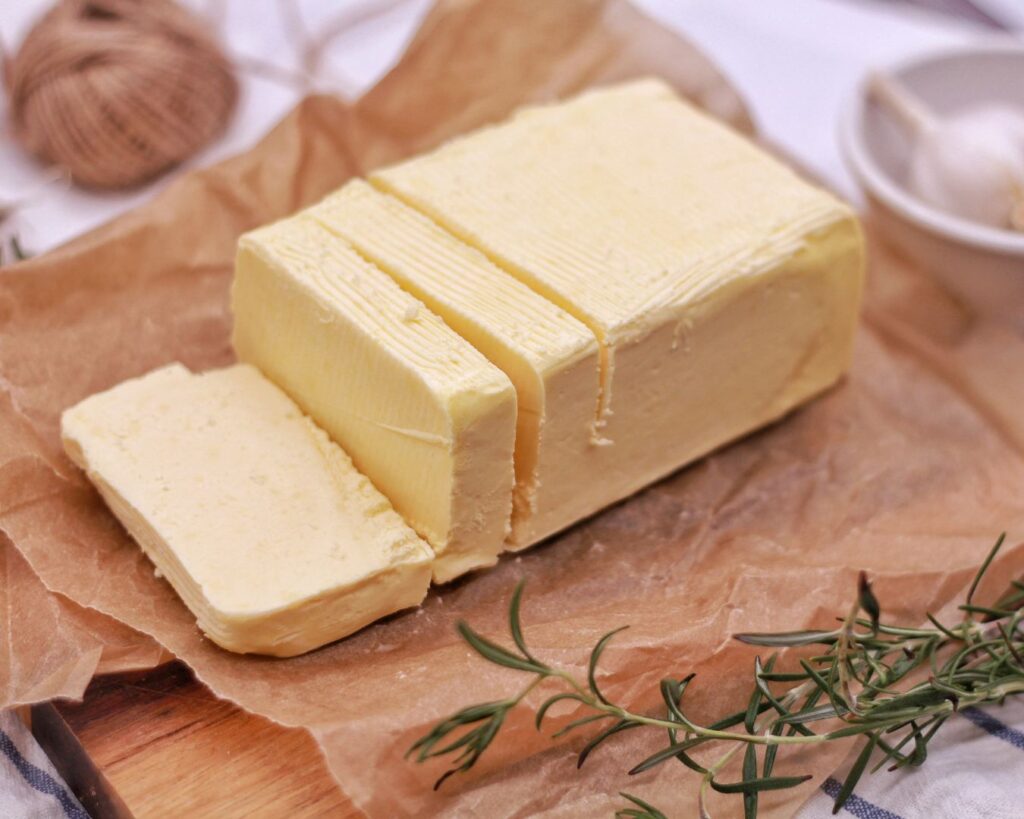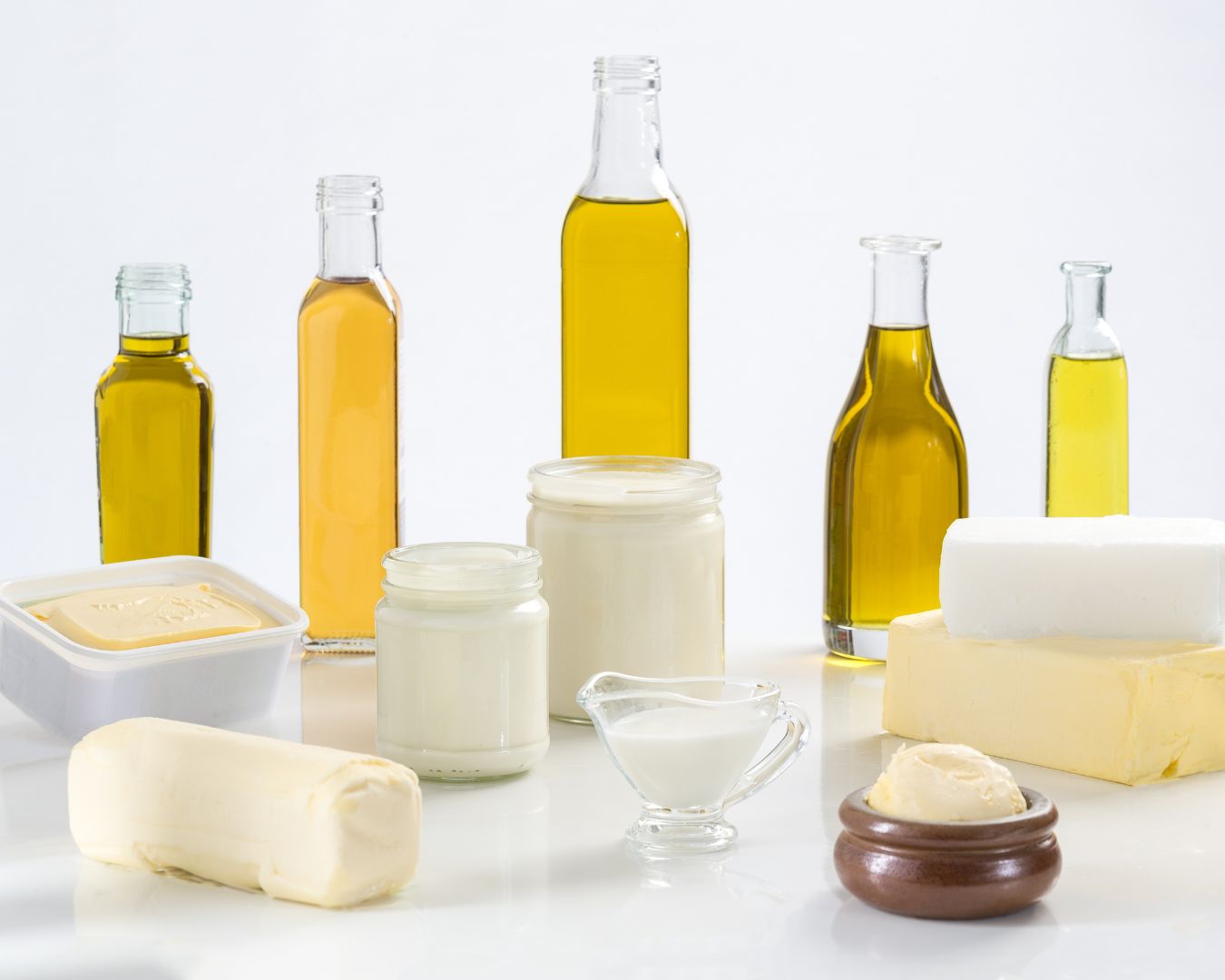How to Make Flavored Oils and Butters
Flavored oils and butters are a fantastic way to add a burst of flavor to your dishes. Whether you’re drizzling herb-infused oil over a salad or spreading garlic butter on freshly baked bread, these homemade condiments can elevate your cooking to a new level. The best part? They’re easy to make at home with just a few simple ingredients. In this blog post, we’ll guide you through the process of creating your own flavored oils and butters, perfect for enhancing any meal.

Flavored Oils
Flavored oils are versatile and can be used in a variety of dishes, from salad dressings to marinades, or simply as a finishing touch to roasted vegetables or grilled meats. Here’s how to make them:
1. Choosing Your Base Oil
Start with a high-quality oil as your base. Olive oil is a popular choice due to its flavor and health benefits, but you can also use neutral oils like canola, sunflower, or grapeseed oil.
2. Selecting Flavorings
There are endless possibilities for flavoring oils. Some popular choices include:
- Herbs: Rosemary, thyme, basil, oregano, and sage.
- Spices: Crushed red pepper flakes, black peppercorns, coriander seeds, and cumin.
- Garlic: Whole cloves, slightly crushed.
- Citrus: Lemon, orange, or lime peel (avoid the bitter white pith).
- Chili Peppers: Whole dried chilies or fresh chili slices.
3. Infusing the Oil
There are two methods for infusing oil: the cold infusion method and the warm infusion method.
- Cold Infusion:
- Place your chosen flavorings in a clean, dry glass bottle or jar.
- Pour the oil over the flavorings, ensuring they are completely submerged.
- Seal the container and let it sit at room temperature for 1 to 2 weeks, shaking occasionally.
- Strain the oil through a fine-mesh sieve or cheesecloth into a clean bottle, discarding the flavorings. Store in a cool, dark place.
- Warm Infusion:
- Heat the oil and flavorings together in a saucepan over low heat (not exceeding 200°F or 93°C) for 20 to 30 minutes. This helps to extract the flavors more quickly.
- Remove from heat and allow the oil to cool completely.
- Strain the oil through a fine-mesh sieve or cheesecloth into a clean bottle, discarding the flavorings. Store in a cool, dark place.
Tip: For safety, it’s important to refrigerate oils that contain fresh ingredients like garlic, as they can pose a risk of botulism if left at room temperature.
4. Using Flavored Oils
Flavored oils can be drizzled over salads, used in cooking, or as a dipping sauce for bread. Experiment with different combinations to find your favorite flavors.

Flavored Butters
Flavored butters are a delicious way to enhance your meals, adding richness and depth of flavor. They can be used as a spread, melted over cooked vegetables, or incorporated into baking. Here’s how to make them:
1. Choosing Your Base Butter
Start with unsalted butter to allow full control over the salt content in your flavored butter. Let the butter soften at room temperature for easy mixing.
2. Selecting Flavorings
Just like oils, you can infuse butter with a variety of flavors. Popular options include:
- Herbs: Chopped parsley, chives, dill, or cilantro.
- Garlic: Minced or roasted garlic.
- Citrus: Zest of lemon, lime, or orange.
- Spices: Paprika, cumin, black pepper, or chili powder.
- Sweet Additions: Honey, maple syrup, cinnamon, or vanilla.
3. Mixing the Flavored Butter
- Place the softened butter in a mixing bowl.
- Add your chosen flavorings, starting with a small amount and adjusting to taste.
- Mix thoroughly using a spatula or electric mixer until well combined.
Tip: For a smooth and even texture, ensure that any add-ins like herbs or garlic are finely chopped.
4. Shaping and Storing the Butter
Once your butter is mixed, you can shape and store it in various ways:
- Roll into a Log: Place the flavored butter on a sheet of parchment paper and roll it into a log shape. Twist the ends to seal and refrigerate until firm. Slice off rounds as needed.
- Spread in a Jar: Pack the butter into a clean jar or airtight container. This is great for soft spreads.
- Freeze in Molds: Use silicone molds to freeze the butter in fun shapes or individual portions.
Storage: Flavored butter can be stored in the refrigerator for up to 2 weeks or in the freezer for up to 3 months.
5. Using Flavored Butters
Flavored butters are perfect for spreading on toast, melting over grilled meats or vegetables, or incorporating into sauces and baked goods. Sweet varieties can be spread on pancakes, waffles, or muffins.
Making your own flavored oils and butters is a simple and rewarding process that allows you to customize your cooking and add a personal touch to your dishes. With just a few ingredients, you can create delicious, aromatic condiments that elevate your meals and impress your guests. Whether you’re a fan of bold, spicy flavors or prefer something more subtle and herbaceous, the possibilities are endless. Start experimenting today and discover your favorite combinations!

